This Sunday, 11th June, Mallorca Cathedral celebrates the feast of Corpus Christi, one of the most solemn and multitudinous of the liturgical year, which takes place 60 days after Easter Sunday
This Sunday Mallorca Cathedral is hosting the famous Corpus Christi festival, a feast of great Catholic tradition in which the presence of the risen Christ is commemorated in the bread and wine consecrated in the celebration of the mass. It is one of the most deeply felt celebrations by Christians on the island.
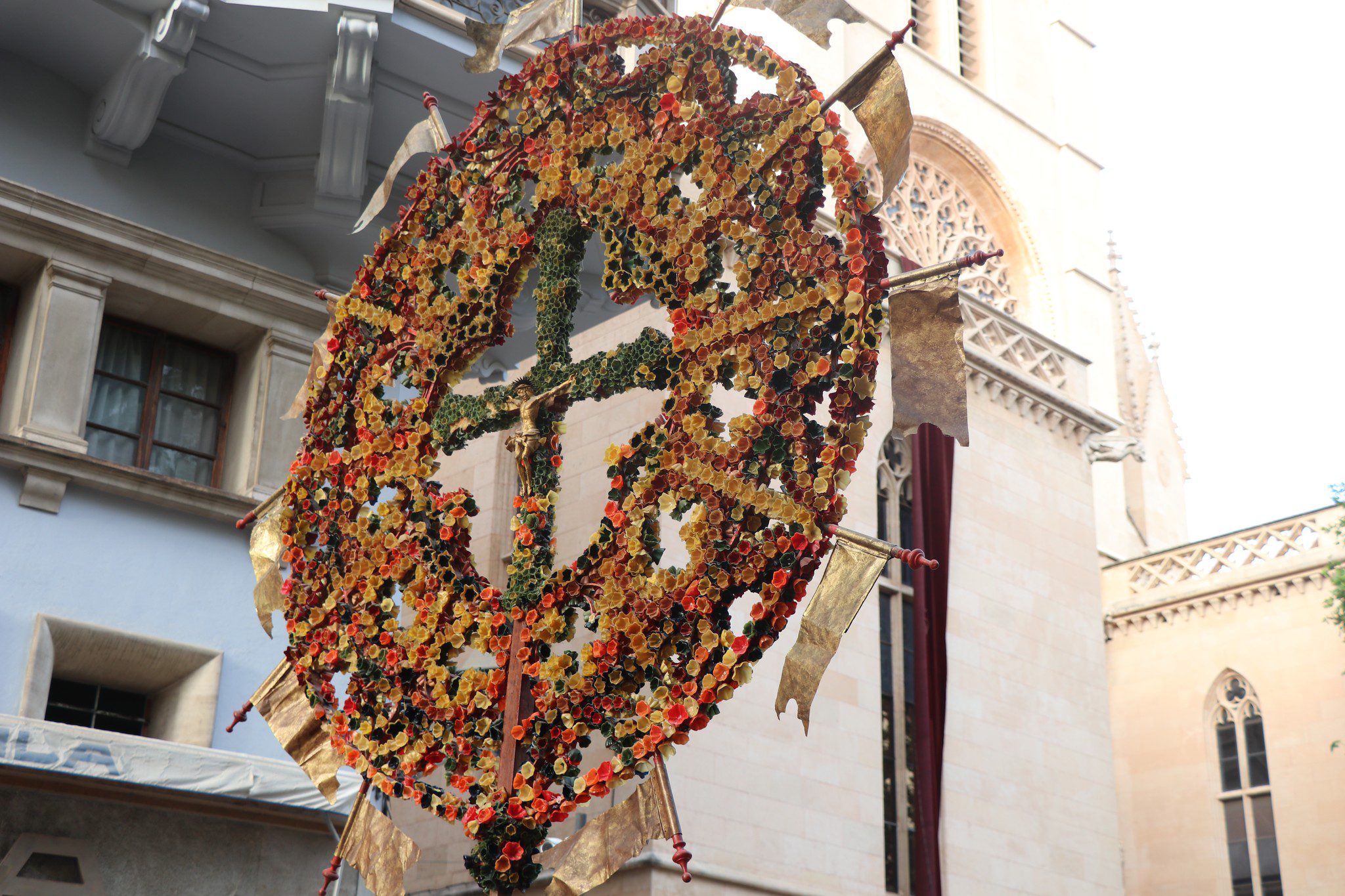
Images of the celebration of Corpus Christi in Palma in 2022. Photos: Facebook Catedral de Mallorca.
La Seu is the main religious building in Mallorca, it has the largest rose window in the Gothic world and its nave is also one of the largest in Europe in this style. Its construction began in 1229, after the Crown of Aragon conquered the island. King James I decided to demolish the old great mosque Medina Mayurca to build a large temple dedicated to Santa Maria. The Cathedral was not completed until 1601, but it continues to be restored and refurbished from time to time. In the Trinity Chapel, in the presbytery, are the tombs of King James II and James III.
Religious ceremonies
- The festivity will begin at 5:10 pm with the Exposition of the Blessed Sacrament.
- At 5.15 p.m. the singing of Vespers will take place.
- At 18:00 the Eucharist will begin, presided over and officiated by the Bishop of Mallorca, Sebastià Taltavull. The celebration can also be followed on the Cathedral’s YouTube channel.
The route of the procession will begin and end at La Seu. It is expected to pass through the Plaza del Mirador, the streets of Sant Pere Nolasc and Morey, continuing along the Plaza de Santa Eulalia and Cort, culminating at Palau Reial and returning to the Cathedral.
Once again this year, the most eagerly awaited element by the devotees will be the Lledània, the cross that leads the Corpus Christi procession and which will be carried, as usual, by the members of the brotherhoods of Palma. The Lledània weighs around 65 kilos and was traditionally adorned with fresh flowers, although nowadays it is decorated with more than 1,200 wax flowers.
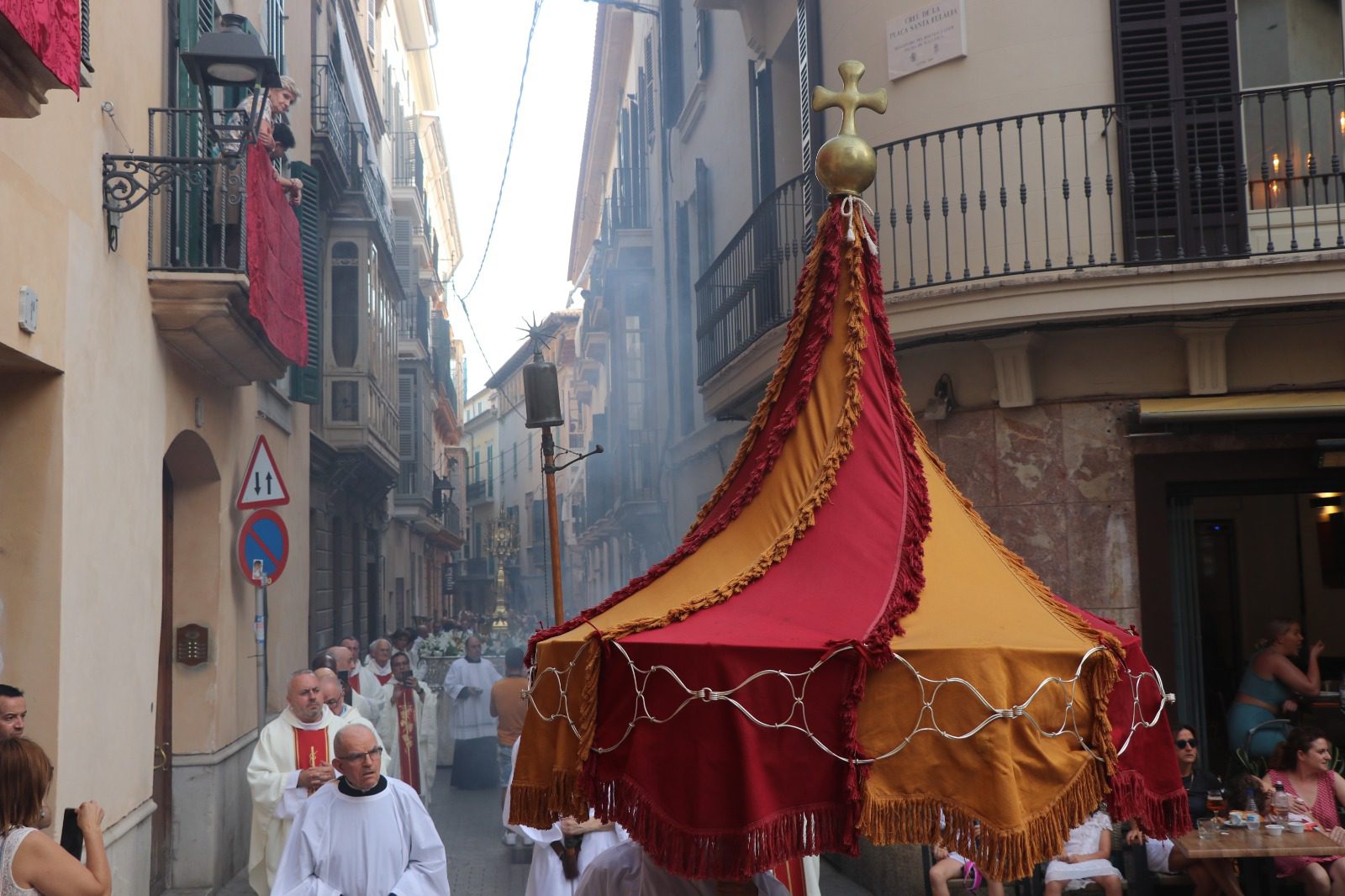
The sacrament carried in the monstrance is the other main feature of the event. It is a piece made by the Seu’s goldsmith, Josep Nicolau, in 1585 and restructured by Nicolau Bonnín in 1785.
Also of special interest are two pieces that are used in this procession and which were designed by Gaudí. The first is the Conopeo, a cone-shaped element with yellow and red stripes. The Conopeo is held by a wooden pole with a sphere crowned by a cross at the top. Years ago, an aluminium crown was attached to it, which, due to wear and tear, eventually deteriorated to the point of being irrecoverable. For this reason, since 2004, it has been wearing a silver crown.
The other element typical of the Corpus Christi procession is the Tintinábulo, also designed by Gaudí. It is a bronze bell that is almost cylindrical in shape and is crowned by a sun that alternates straight and curved points. The bell is attached to a pole that allows it to be carried through the streets more comfortably.

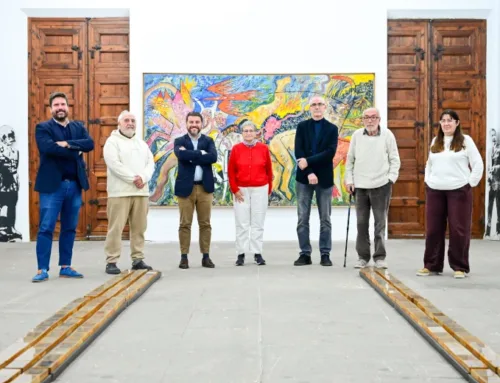
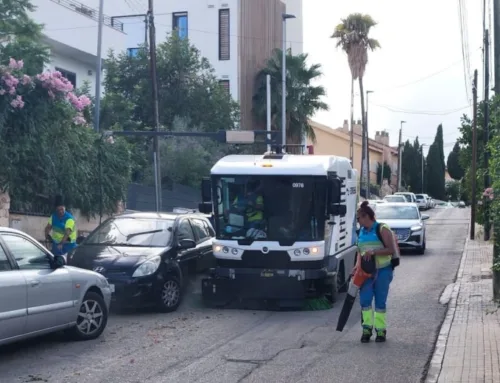

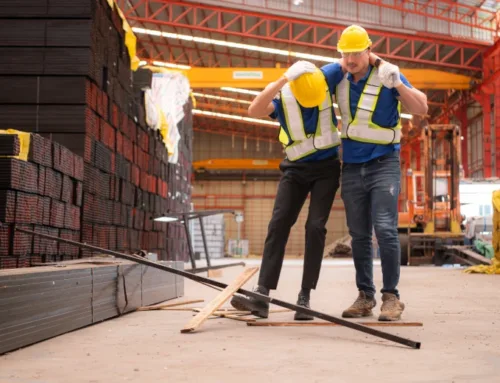
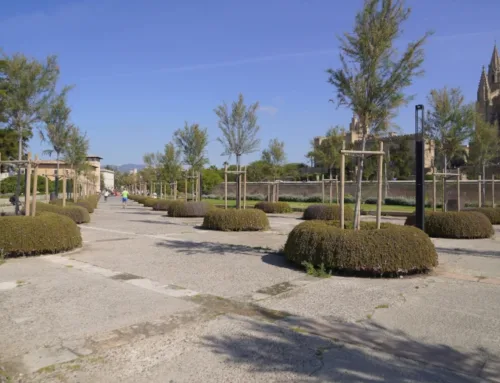

Leave A Comment